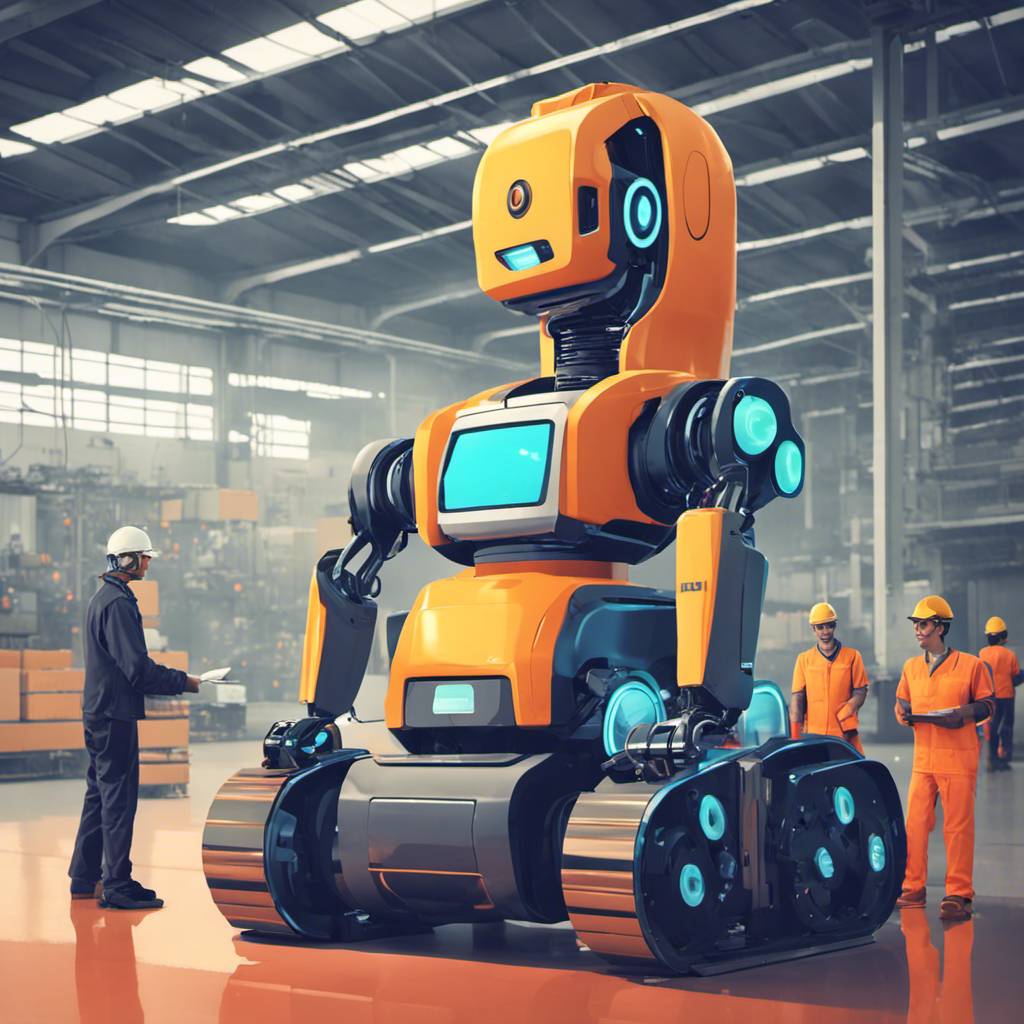In the rapidly evolving world of electronics and automation, Mobile Industrial Robots (MiR) has emerged as a pioneering force in the realm of autonomous mobile robots (AMRs). These intelligent machines are revolutionizing various sectors, from manufacturing and warehouse operations to healthcare and retail, by providing efficient and cost-effective solutions for material transportation.
Rishabh Arora, the application engineering team lead at MiR, recently shed light on the intricate engineering that goes into building these innovative machines. The AMRs designed by MiR are not only capable of transporting materials from one point to another within a facility but also do so with remarkable ease, safety, and affordability.
Arora explained, “Our robots have been designed to be user-friendly, requiring no programming experience for deployment. They can autonomously navigate around humans and obstacles, calculating the best route to their destination.” The robots are highly customizable and flexible, with payload capacities ranging from 100kg (220 pounds) to 1350kg (2976 pounds), making them suitable for a wide range of applications.
The flexibility of these robots extends to the variety of top modules that can be attached to them. From hooks for towing carts and pallet lifts for transporting pallets to shelf carriers for moving shelves, there are hundreds of different top modules available. These include third-party offerings such as a Universal Robot (UR) arm that can be mounted on a MiR robot or roller top modules that can transfer loads from conveyors.
Optimizing uptime is crucial for any robotic system, and Arora shared some strategies to ensure this. He emphasized the importance of leveraging the robot’s software to optimize map and mission setup and ensuring a stable WiFi connection. He also advised against running long missions and using special characters in map or mission names as these can slow down the robot and make troubleshooting more difficult.
MiR’s fleet software also manages battery charging between missions to ensure high uptime. Furthermore, their new analytics software, MiR Insights, provides critical data analysis and error monitoring, answering questions about mission effectiveness, recurring challenges in production areas, and the impact of changes implemented on the factory floor.
When asked about preventing robot failures, Arora highlighted the importance of robust map and mission setups. He explained that a robust mission is one that has built-in fallback options so if a goal position is blocked, the robot can drop off its load at an alternate position instead of failing.
Safety is a paramount concern at MiR. The company’s robots are equipped with Lidars and 3D cameras to safely interact with humans and objects in their environment. They also have several safety features built-in using SICK safety PLC, such as cutting off power to the motors and applying brakes if the safety field sets around the robots are infringed.
In addition to these measures, MiR has also sought third-party validation for their safety standards. Their MiR600 and MiR1350 AMRs have received 13 certifications from TÜV Rheinland in accordance with the ISO 13849-1 industry standard.
Training plays a crucial role in ensuring robust robot missions. MiR offers free training through their online MiR Academy. These short courses – typically around 7 minutes long with 2-3 minute videos – allow trainees at all levels to learn at their own pace without disrupting their workday.
In-person specialist and expert training sessions are also provided throughout the year, both onsite and at MiR’s training centers. These sessions cover various topics from basic robot setup and daily operation to advanced programming languages and coding techniques.
In conclusion, MiR’s autonomous mobile robots represent a significant leap forward in industrial automation. By combining innovative design with advanced electronics and computing technology, they offer an efficient, safe, and cost-effective solution for material transportation in various industries. With ongoing advancements in this field, the future of AMRs looks promising.
